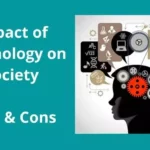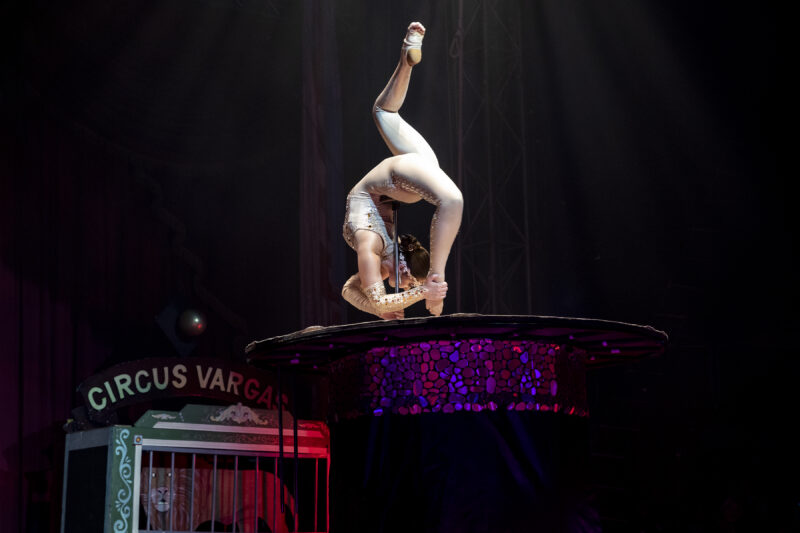Entertainment has always been a significant part of human culture, serving as a means of escape, relaxation, and socialization. Over the years, the entertainment industry has undergone remarkable transformations, adapting to technological advancements and shifting audience preferences. From the early days of silent films to the immersive experiences of virtual reality, let’s explore the fascinating evolution of entertainment.
The Era of Silent Films
In the late 19th and early 20th centuries, silent films captured the imagination of audiences worldwide. These early cinematic marvels relied on visuals, expressive acting, and accompanying live music to tell stories. Classics like “The Great Train Robbery” and “The Birth of a Nation” introduced audiences to the magic of moving pictures, laying the foundation for the billion-dollar film industry we know today.
The Rise of Talkies and Technicolor
The 1920s witnessed a revolutionary development in entertainment with the advent of “talkies” – films with synchronized sound. The introduction of sound drastically transformed the film industry, as dialogue, music, and sound effects became integral components of storytelling. Moreover, the introduction of Technicolor brought vibrant hues to the silver screen, adding a new dimension to visual storytelling and captivating audiences with breathtaking imagery.
Television: The Small Screen Revolution
The 1950s marked the rise of television, revolutionizing the way people consumed entertainment. Televisions became a staple in households, delivering news, sitcoms, dramas, and live events right into people’s living rooms. Iconic shows like “I Love Lucy,” “The Twilight Zone,” and “The Ed Sullivan Show” captivated audiences, making television the primary source of entertainment for millions.
Home Video and the Blockbuster Culture
The introduction of home video in the 1980s brought entertainment into people’s homes like never before. VCRs and later DVD players allowed viewers to enjoy their favorite movies and TV shows at their convenience. This era also witnessed the birth of the blockbuster culture, with movies like “Star Wars” and “Jurassic Park” captivating audiences in theaters and later becoming home video sensations.
The Digital Age and Streaming Services
The turn of the millennium brought about the digital revolution, transforming the entertainment landscape yet again. The widespread adoption of the internet and advancements in streaming technology gave birth to platforms like Netflix, Hulu, and Amazon Prime Video. These streaming services offered unlimited access to movies, TV shows, and original content, disrupting traditional distribution models and giving viewers the freedom to consume entertainment on demand.
The Immersive Experience of Virtual Reality
As technology continues to advance, the entertainment industry is embracing the immersive experience of virtual reality (VR). VR headsets transport users to virtual worlds where they can interact with characters and environments in unprecedented ways. From gaming to cinematic experiences, VR has the potential to revolutionize storytelling, providing audiences with a level of engagement and immersion never before seen.
Conclusion
From the silent films of the past to the virtual reality experiences of the present, entertainment has constantly evolved to cater to changing audience demands and technological advancements. Each era has brought new innovations, captivating audiences and pushing the boundaries of what is possible. As we look to the future, it’s exciting to imagine how entertainment will continue to evolve, offering us ever more immersive and transformative experiences.











